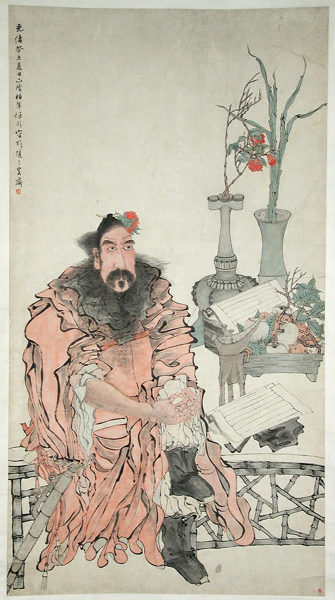Modern Art in a Multi-Ethnic Asia

This course discusses modern and contemporary art in Asia (construed in this context as the countries comprising East, Southeast, and South Asia) as a function of the encounter between groups identified primarily on the basis of their racial and ethnic origin. Roughly beginning from the late 18thcentury, this course looks particularly at two modes of encounter; one turns on race (the encounter between the so-called West and the non-West. Much of the material discussed in this class asks how constructs of race and ethnicity arise out of the production of visual representation.Based on selected case studies, this course argues that the macro-phenomena allegedly responsible for spurring the development of visual art in Asia –colonialism, urbanization, industrialization, militarization --is in fact based on the promotion of disparity and the systematic implementation of discriminatory policies against members of certain social classes, racial, and ethnic backgrounds. Of special interest is the complexity arising when race and ethnicity must be considered in tandem with gender and social class. Many of the artists for this class are outside the putative canon in terms of their background, for example, women artists not sharing the same institutional access as their male counterparts. Through active class discussion, this course fosters a comparative look at these disparities by compelling students to draw parallels between conditions in one country (city) and another.
Textbooks/Other Materials: As uploaded to Canvas Files
Course Requirements: Midterm (30%) Class participation (30%) Take-home Final (40%)
Intended Audience: Undergraduates. A course on any subject relating to East Asia is suggested although not mandatory
Estimated Cost of Materials: $0
HISTART Distribution Requirements: C. Asia (Includes China, Japan, India. South/Southeast Asia and the Pacific) 4. Modern and Contemporary